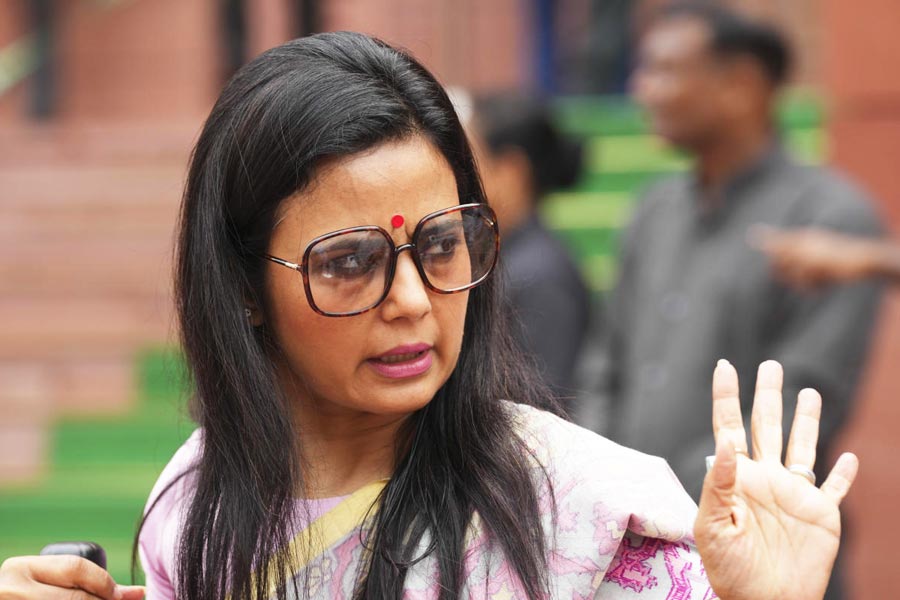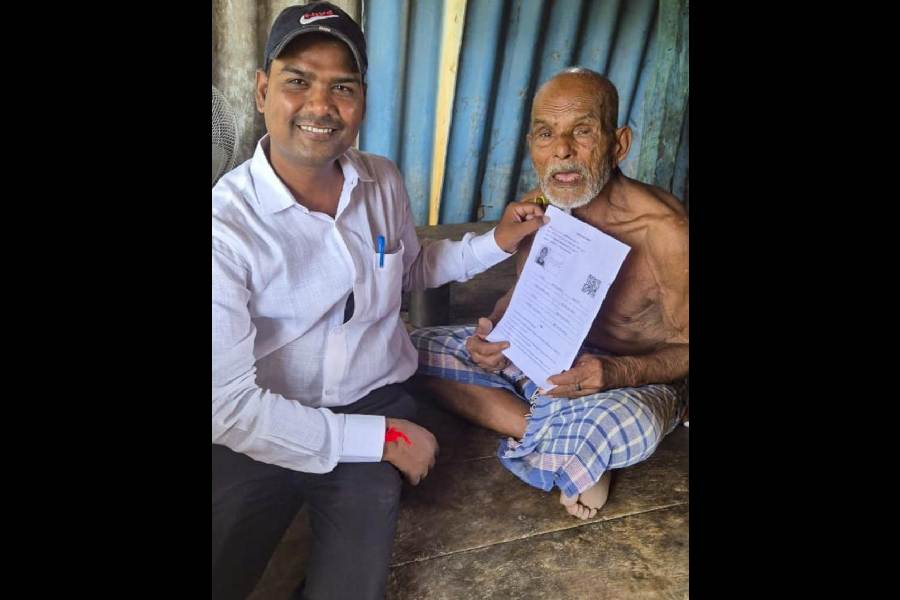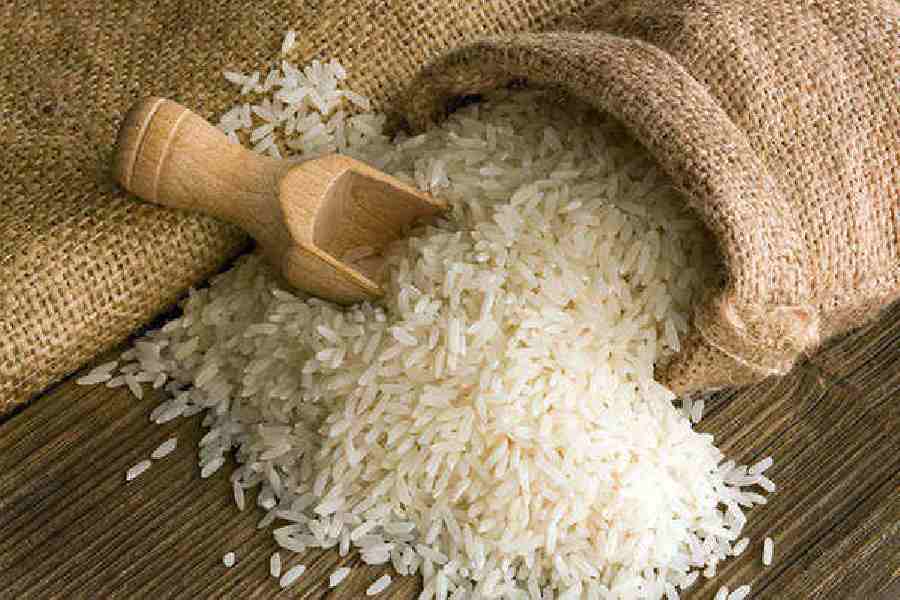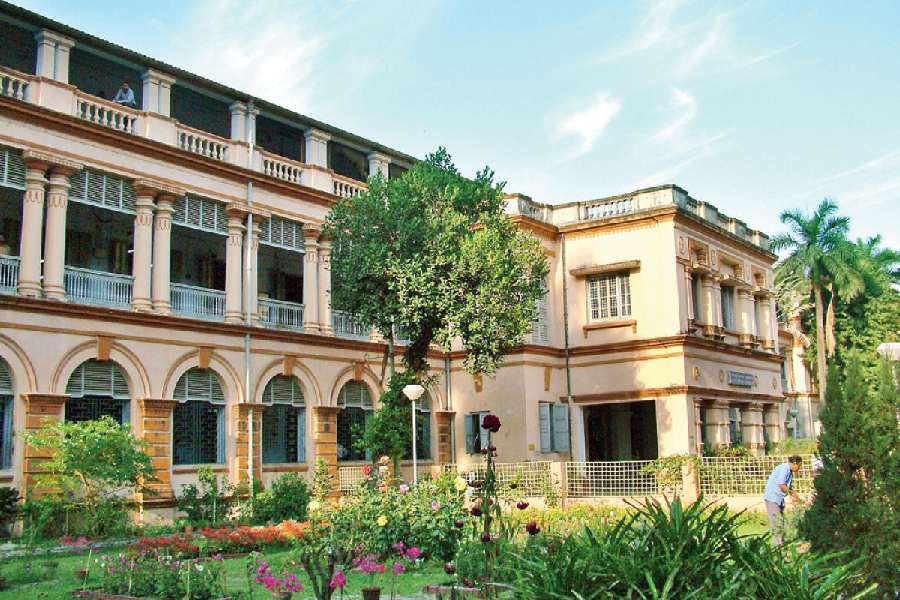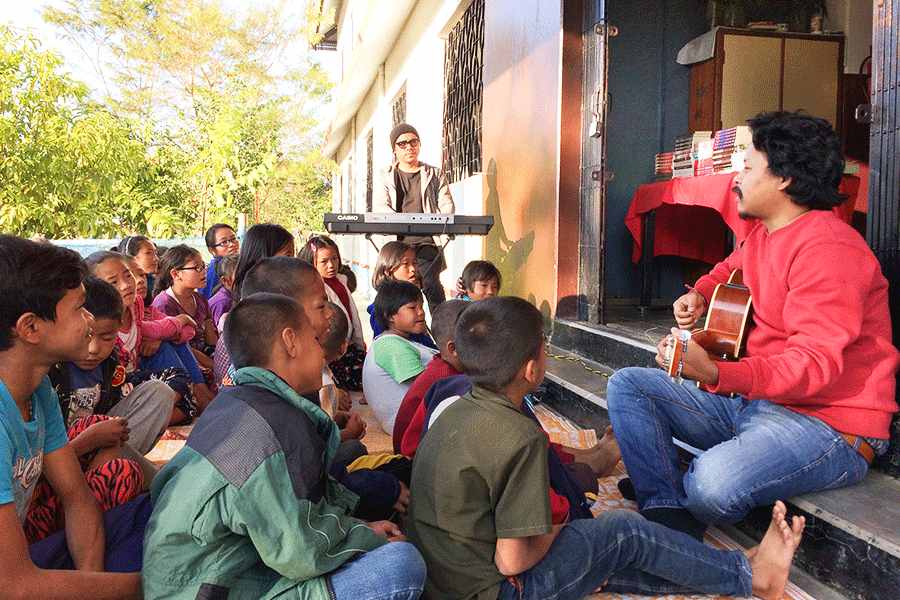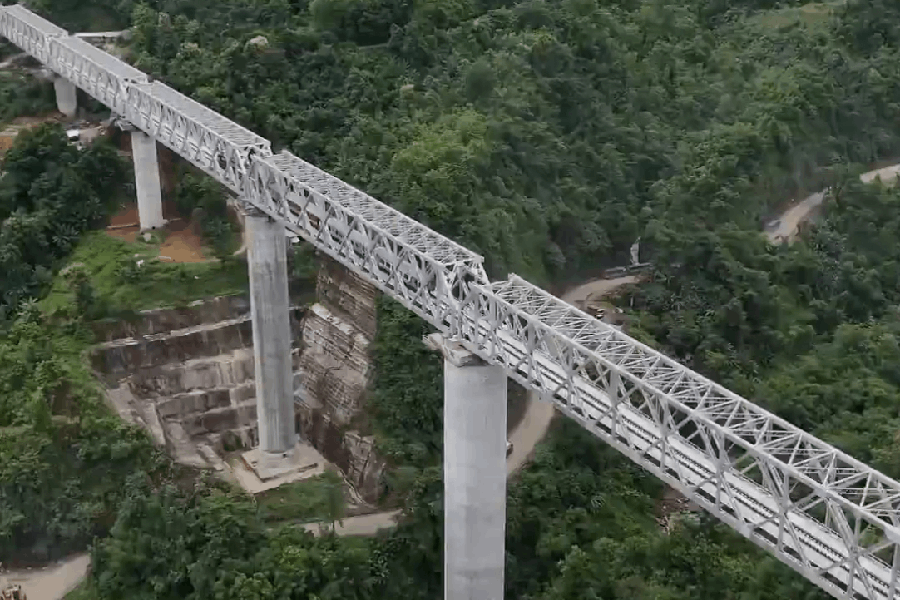Godda, March 10: A spurt in the number of kala-azar cases in tribal-dominated Boyarizore and Sundar Paharia blocks in the district has prompted the Godda health department to push the panic button.
The department conducted a 15-day special checking drive for kala-azar patients in the district from February 14 to 28 during which Boyarizore was identified as the most vulnerable area. The authorities were alarmed to detect several cases of post kala-azar dermal leishmaniasis commonly known as PKDL. It is a sequel of kala-azar that may appear on the skin of affected individuals up to 20 years after being partially treated, untreated or even in those considered adequately treated.
According to assistant district malaria officer Makeshwar Sharma, blood samples of 383 people were examined during the drive and among them, 223 tested positive for kala-azar and 43 for PKDL. “Detection of 43 PKDL cases is indeed a matter of concern,” Sharma admitted. In Boyarizore, 86 positive cases of kala-azar were found and 27 PKDL cases.
Earlier, Borio, a sleepy tribal hamlet in Sahebganj, was known as the black death zone. During British rule, outsiders avoided the place like the plague. Even after the formation of Jharkhand, the disease continued to wreak havoc not only in Borio, but almost all other areas of Santhal Pargana. Every year, the deadly black fever sweep through the hills and the villages at the onset of summer, claiming hundreds of lives.
In a report released by the state health department in 2007, Godda was marked as having the highest numbers of kala-azar patients in the state.
Non-availability of medicines has only compounded the problems for both doctors and patients alike. While medicines are available at government hospitals and PHCs, people living in remote places, particularly atop the hills, do not have access to them.
Sodium stibogluconate, a first-line drug, is yet to reach the local market. Miltefosine, another common drug that is supplied through the government, is not available in Boyarizore, Sundar Pahari and other remote blocks.
Civil surgeon, Godda, Nageshwar Mandal refused to comment. He, however, admitted that there was shortage of kala-azar medicines at remote areas. “We have reported the matter to the state headquarters,” he added.


